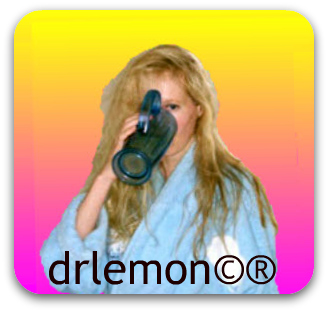Ser is used with:Elements pertinent to your or others' identity
Things which "Take Place" or "Occur" in Time:
PossessionClick here to Review Ser and to see more examples |
Estar is used for States of BeingEmotional, physical & mental states of (our bodies') being:
Placement State of Being:
Motion State of Being
Click here to Review Estar and to see more examples |
Ser vs. Estar
A few adjectives have different meanings depending upon which form of "to Be" you use. Generally, if you use Ser, the adjective is a characteristic of the person or thing you are describing; whereas if you use Estar, it is a description of a mood or appearance.
For example:
Ser (Identity) |
Estar (Condition) |
| Él es aburrido. (He is boring -a boring person) Soy nerviosa. Ella es bonita. |
Yo estoy aburrida. (I am [feel] bored.) Estoy nerviosa. Está bonita. |
You may have heard that Ser is used for things which are permanent and Estar is used for things which are temporary. This is an over-simplification and not a good way to think of these verbs because you will end up with a lot of exceptions and confusion.
Try to forget you ever heard that.
It is better to remember that Ser pertains to Identity (with all of its elements) and that Estar pertains to States of Being: Condition, Location, and Motion (the Present Progressive.)
